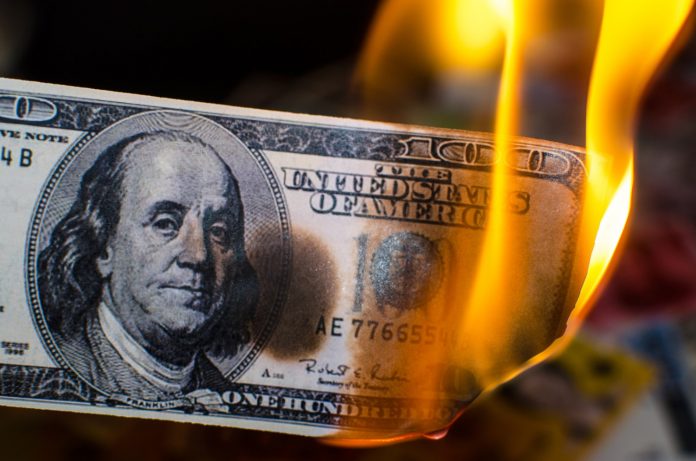The S&P 500 posted gains on Thursday, managing to overcome worries about stubbornly high inflation. The broad index rose 0.7%, while the tech-heavy Nasdaq Composite surged 1.4%. The Dow Jones Industrial Average eked out a small gain of 45 points, or 0.1%.
Tech stocks were the heroes of the day, lifting the S&P 500 and Nasdaq into the green by midday as bargain hunters scooped up shares after the early week selloff. However, the Dow and S&P are still on track to finish the week lower by 1.1% and 0.3% respectively, while the Nasdaq looks set to eke out a 0.6% weekly gain.
The market action came a day after a red-hot CPI print, and on the same day that PPI came in slightly cooler than expected on the headline number at 2.1% (vs 2.2% est.). This was still the highest PPI since April 2023, but algos latched onto the tiny miss and ran with it, ignoring the fact that core PPI at 2.4% actually overshot expectations for 2.3%.
Digging into the numbers, there were some odd things that stood out. Focusing on core PPI ex-food and energy, the BLS data showed that services were the only thing keeping the index positive in March, driven mainly by a 3.1% jump in the “index for securities brokerage, dealing, investment advice, and related services.” Apparently everyone and their uncle was rushing to open brokerage accounts to pile into the AI bubble.
But here’s where things got really strange. The report showed that while PPI Services rose 0.3% in March, prices for final demand goods actually fell 0.1%. And the BLS specifically called out a 1.6% decline in the energy index as driving the drop in goods prices.
Most glaringly, the very next sentence stated that “leading the March decline in the index for final demand goods, prices for gasoline decreased 3.6 percent.” Wait, what? Didn’t gasoline prices surge over 6% in March according to every real-world measure? Yes, they absolutely did – AAA data confirms a 6.3% spike.
So how on earth did the BLS conjure up a 3.6% drop in gas prices? Two magical words: “seasonally adjusted.” The not-seasonally-adjusted gasoline index, reflecting actual prices paid at the pump, soared 6.3% in March, exactly in line with real-world data. But the seasonally adjusted gas price index used in the PPI calculation showed a 3.6% decline. Quite the contrast.
The implications are significant. If the BLS had used unadjusted gas prices, headline PPI would have been 0.4% higher at 2.4% YoY, blowing out estimates. This would have spooked markets already on edge after the hot CPI number. It also would have made it much harder to fudge the critically important shelter and OER components of CPI next month to engineer a downside miss (apparently the current plan).
So in summary, the BLS appears to have relied on some heavy-handed “seasonal adjustments” to gaslight everyone about inflationary pressures and keep the “transitory” narrative alive. I encourage you to pay attention to the unadjusted, real-world inflation data – that’s what will be draining your wallet, not the seasonally-massaged government figures.
In other news, New York Fed President John Williams stated there’s no need for any immediate policy changes. This was notable given the hotter-than-expected CPI data and FOMC minutes showing some officials still worried about inflation’s trajectory back to 2%. Markets sold off on the CPI news and remain jittery, with the 10-year Treasury yield jumping back over 4.5%.
Overall, inflation remains the key story, with markets hyper-focused on every data point. The PPI report was a great illustration of why it’s so important to look beyond the headline numbers. Dig into the details and you’ll often find some eye-opening insights. I’ll keep watching the data closely and sharing my thoughts – just don’t expect me to be using the seasonally adjusted figures!








